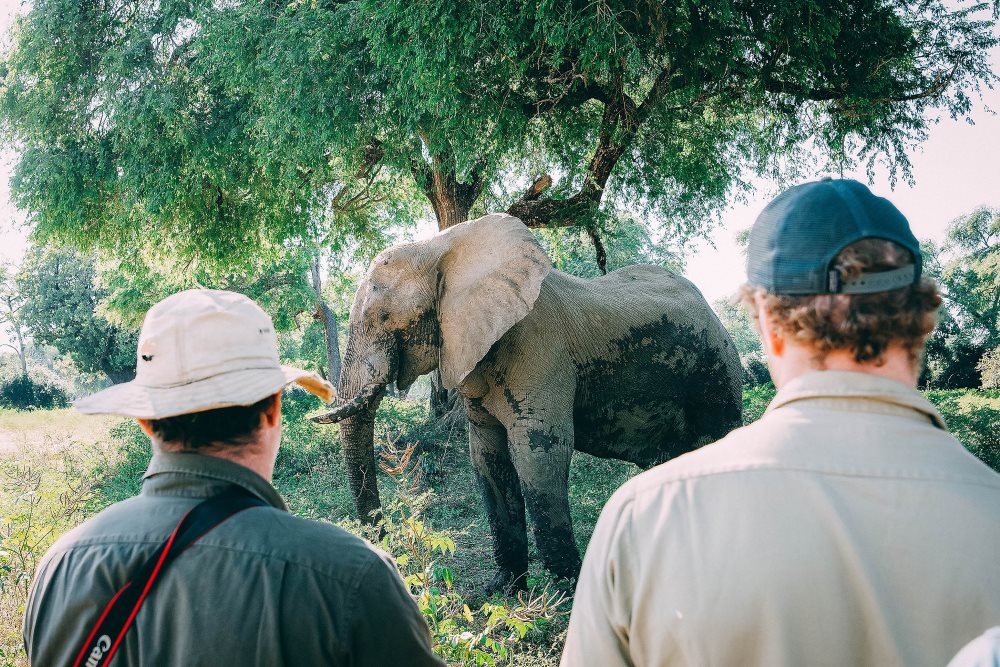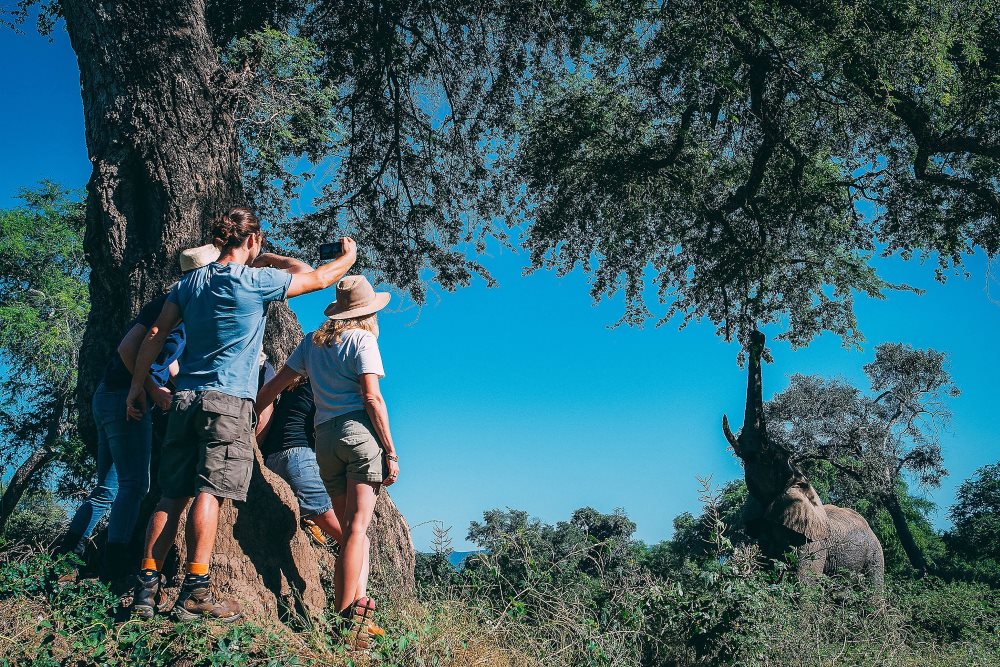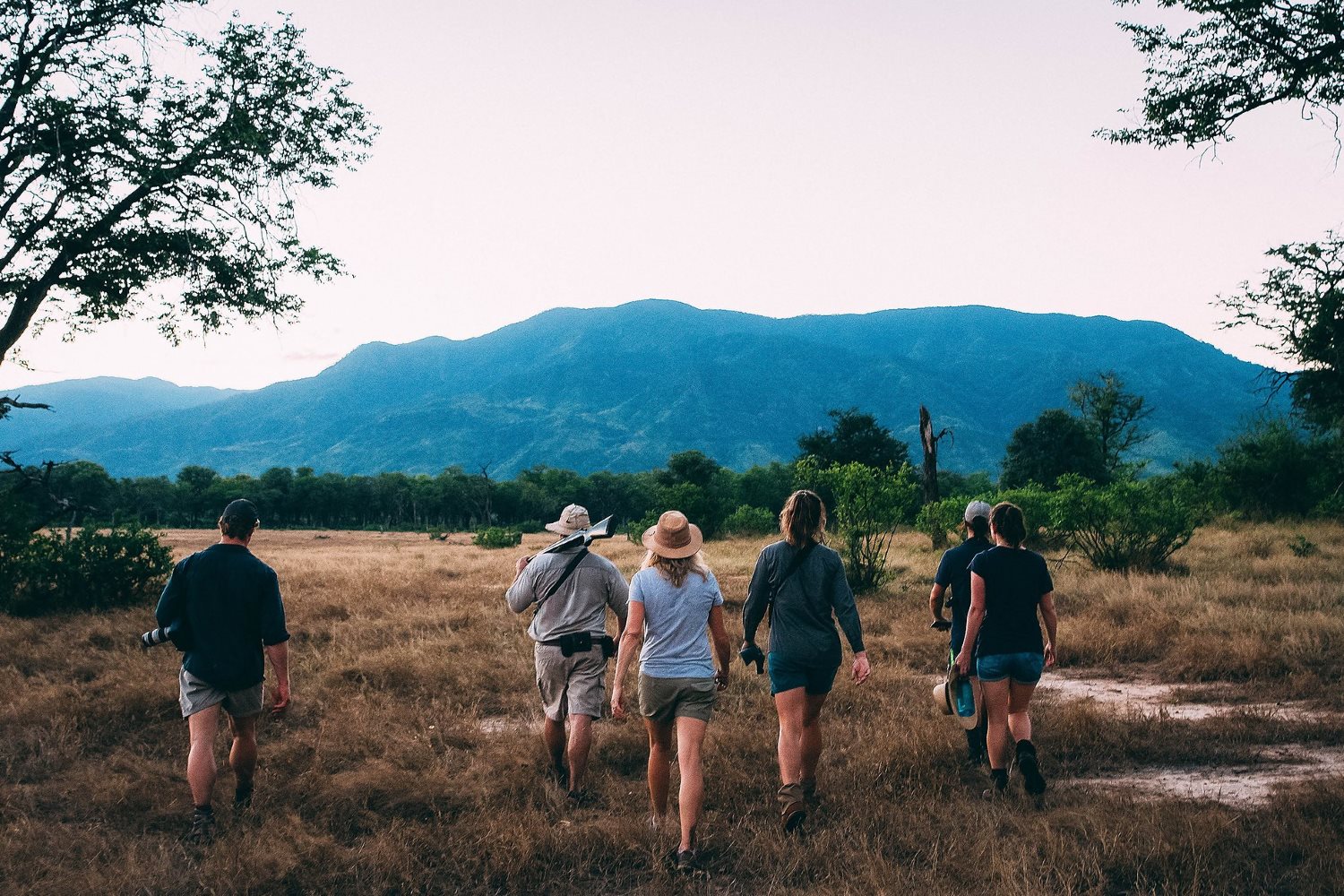After learning about Bushlife Conservancy in Zimbabwe, WildArk ambassador David Pocock became intrigued by the work being done by its founder Nick Murray to protect the elephants of the Lower Zambezi Valley. He invited the WildArk team to join him in visiting Murray’s Bushlife Safaris, Vundu Camp at Mana Pools, a UNESCO World Heritage site.
Home to the mighty Zambezi river the area is unique in that it has no physical boundaries, meaning wildlife are free to roam throughout the Zambezi Valley and across into Zambia. The area presents a unique set of challenges for Murray’s team who monitor and patrol the area against poaching. We sat down with Murray to find out more.
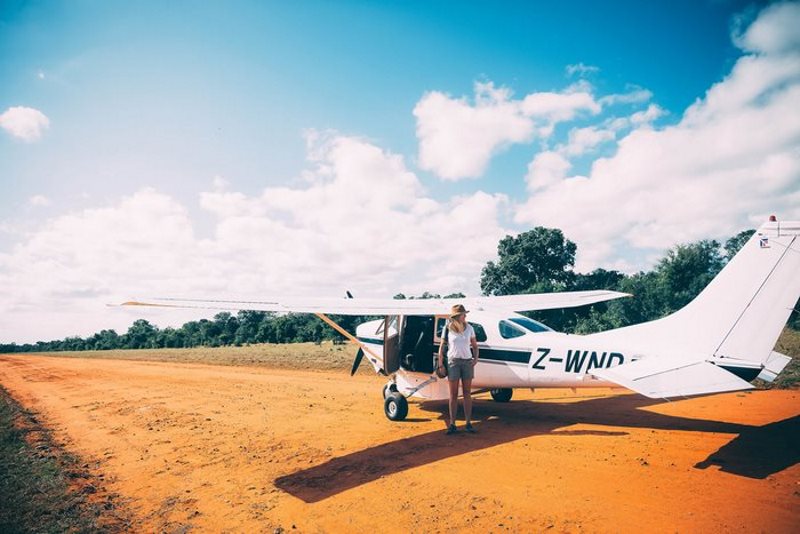
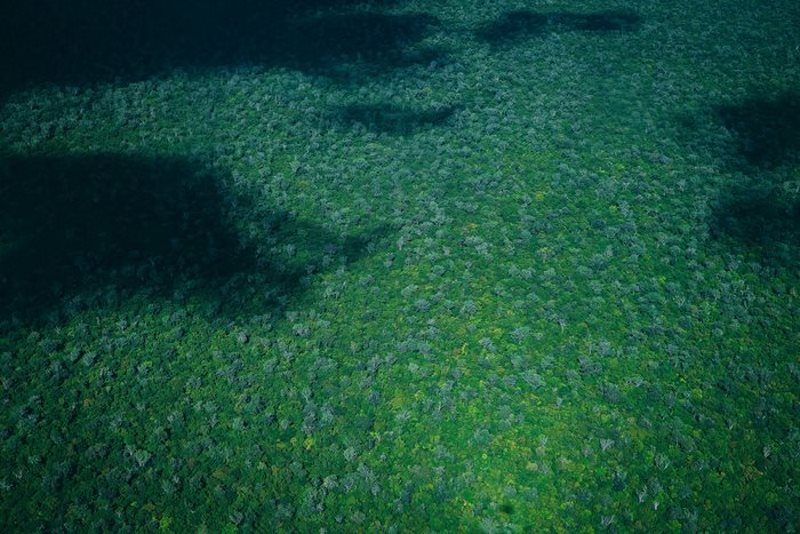
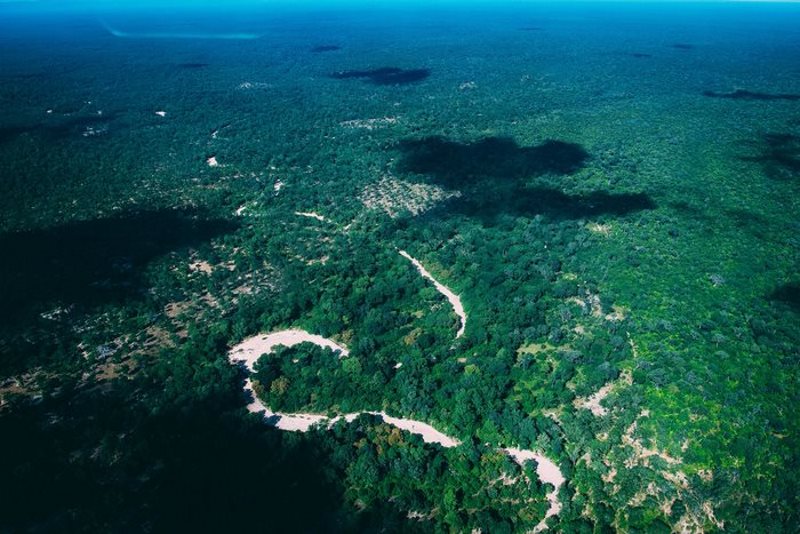
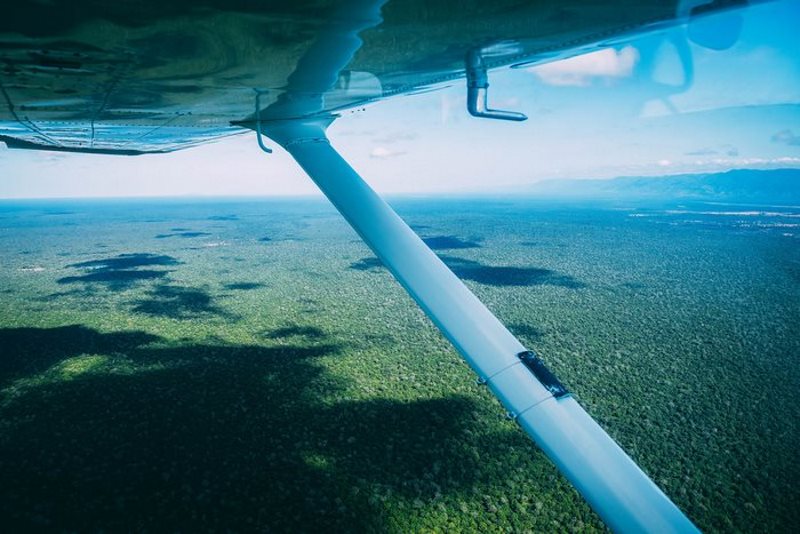
WHAT MAKES MANA POOLS SO SPECIAL?
Most of the Zambezi and 100% of the Lower Zambezi Valley has been set aside for wildlife and Mana (Pools) is probably one of the most beautiful spots along the length of the river. It is hugely rich in fauna and flora, is one of the largest natural breeding grounds for crocodiles and has the highest density of hippos, along the river. The Acacia Albero with its abundance of pods that it drops in the dry season, entices a significant concentration of game. A lot of people call Mana their spiritual home. It’s quite a spiritual place.
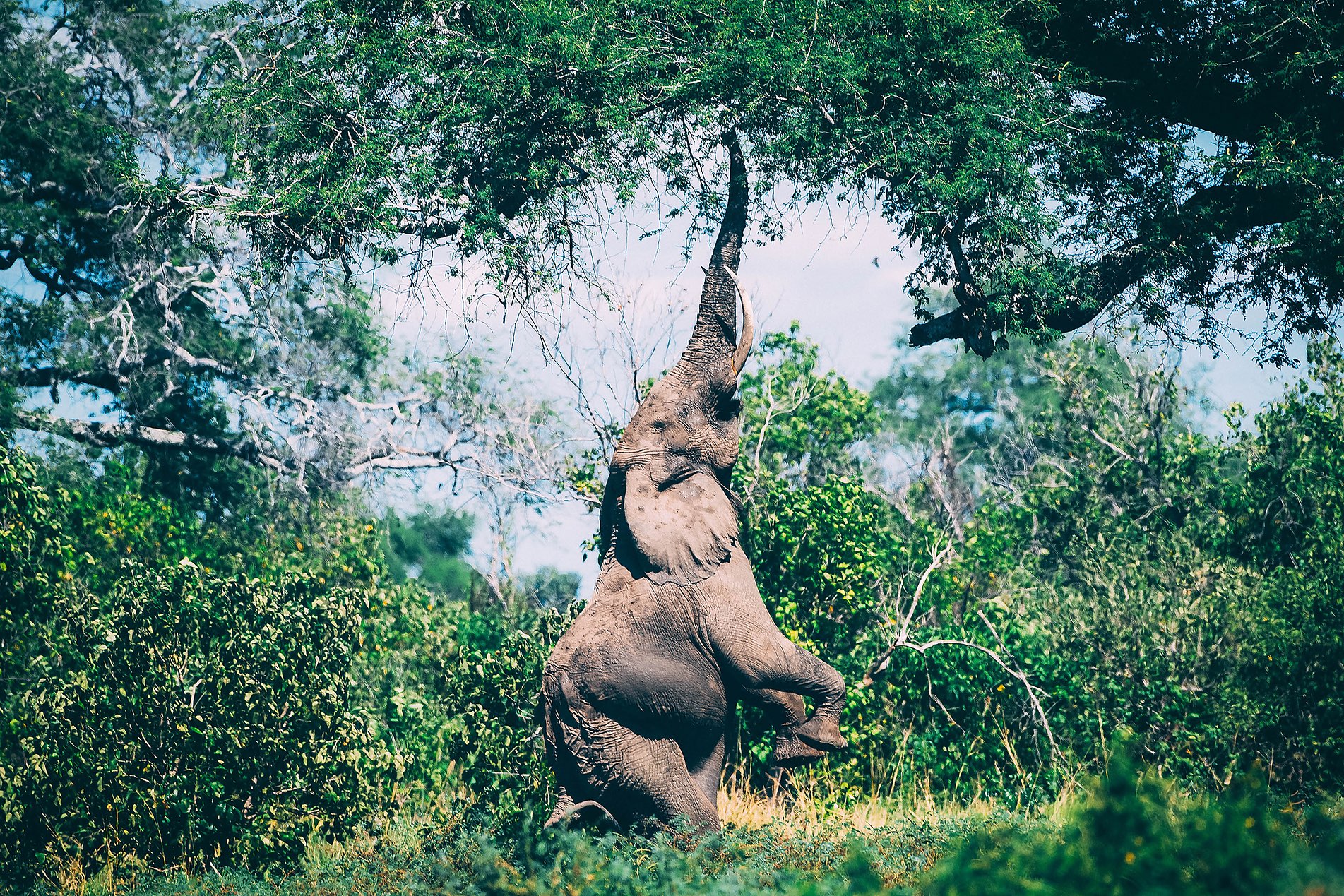
WHAT BROUGHT YOU TO VUNDU CAMP?
When Desiree (my wife) and I first drove in, I remember saying to her as we hit the flood plain area, ‘I could live in this place!’ Five or six years later we got the opportunity to lease Vundu Camp, and we’re been living here for 20 years now. I guide here about nine months of the year, depending on how busy we are. we come in late March or April and leave in November.
WAS THIS ALWAYS A DREAM OF YOURS?
Yes and no. All I knew was that I wanted to live and work in the bush. That is why I did my Zoology degree in the first place so that I could work for National Parks. Unfortunately, this wasn’t a viable job when I was a young man, so I followed the safari operator route.
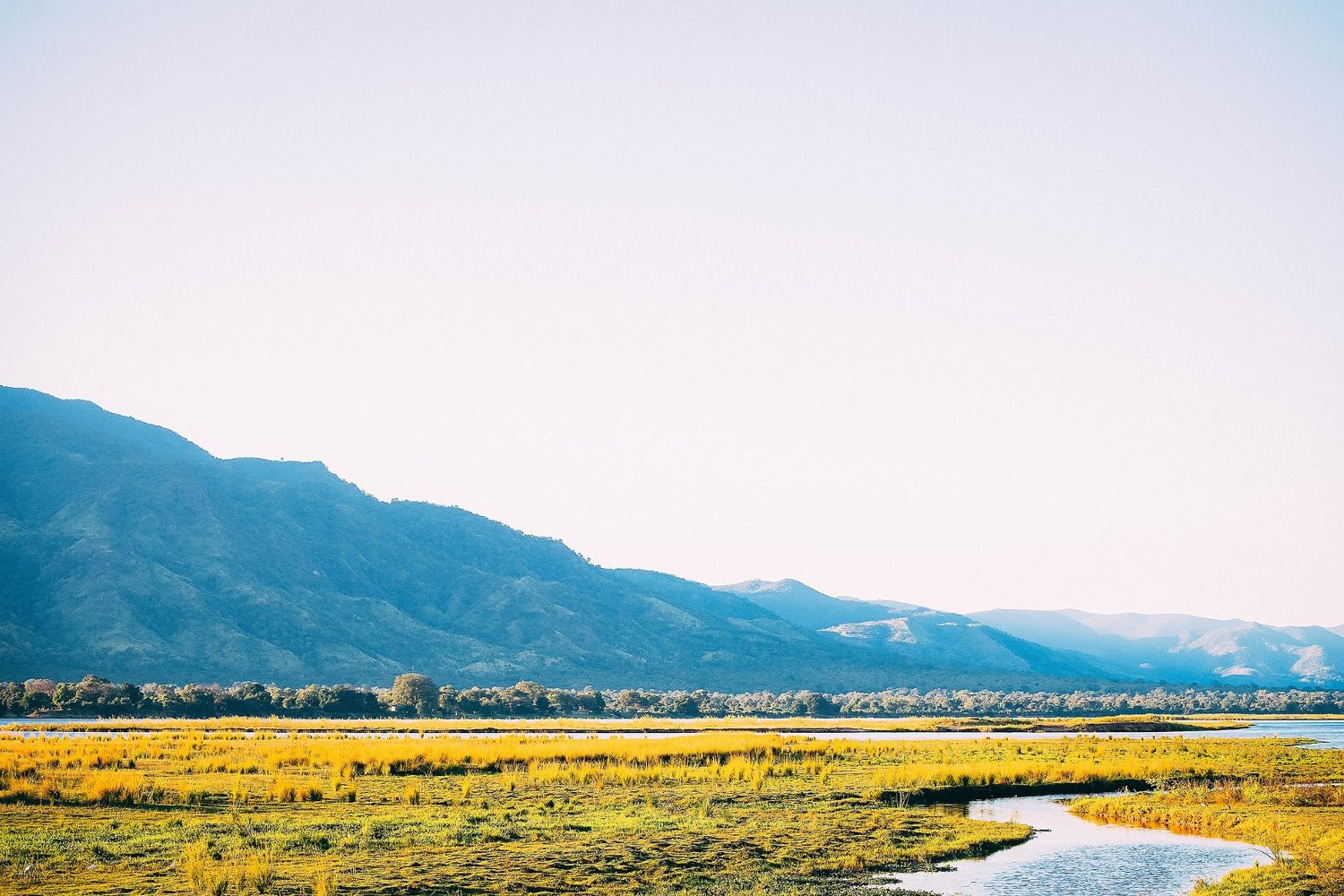
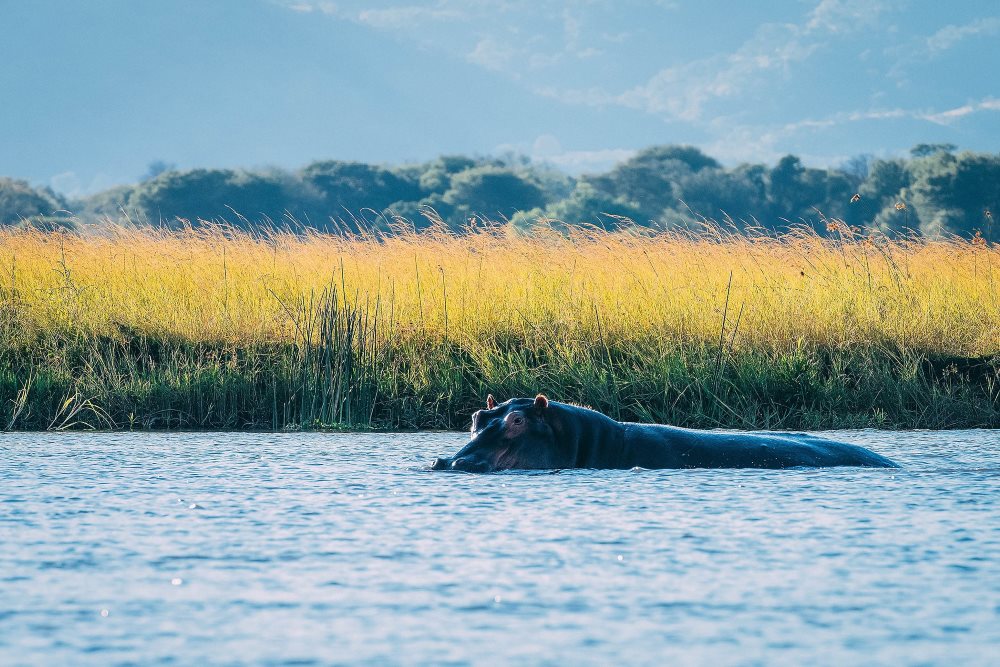
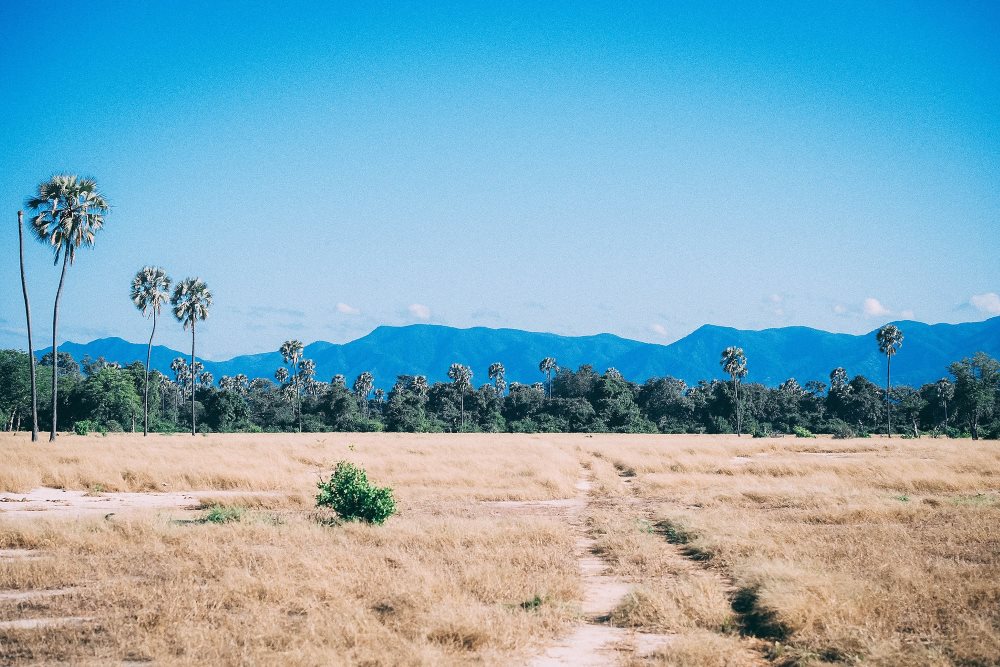
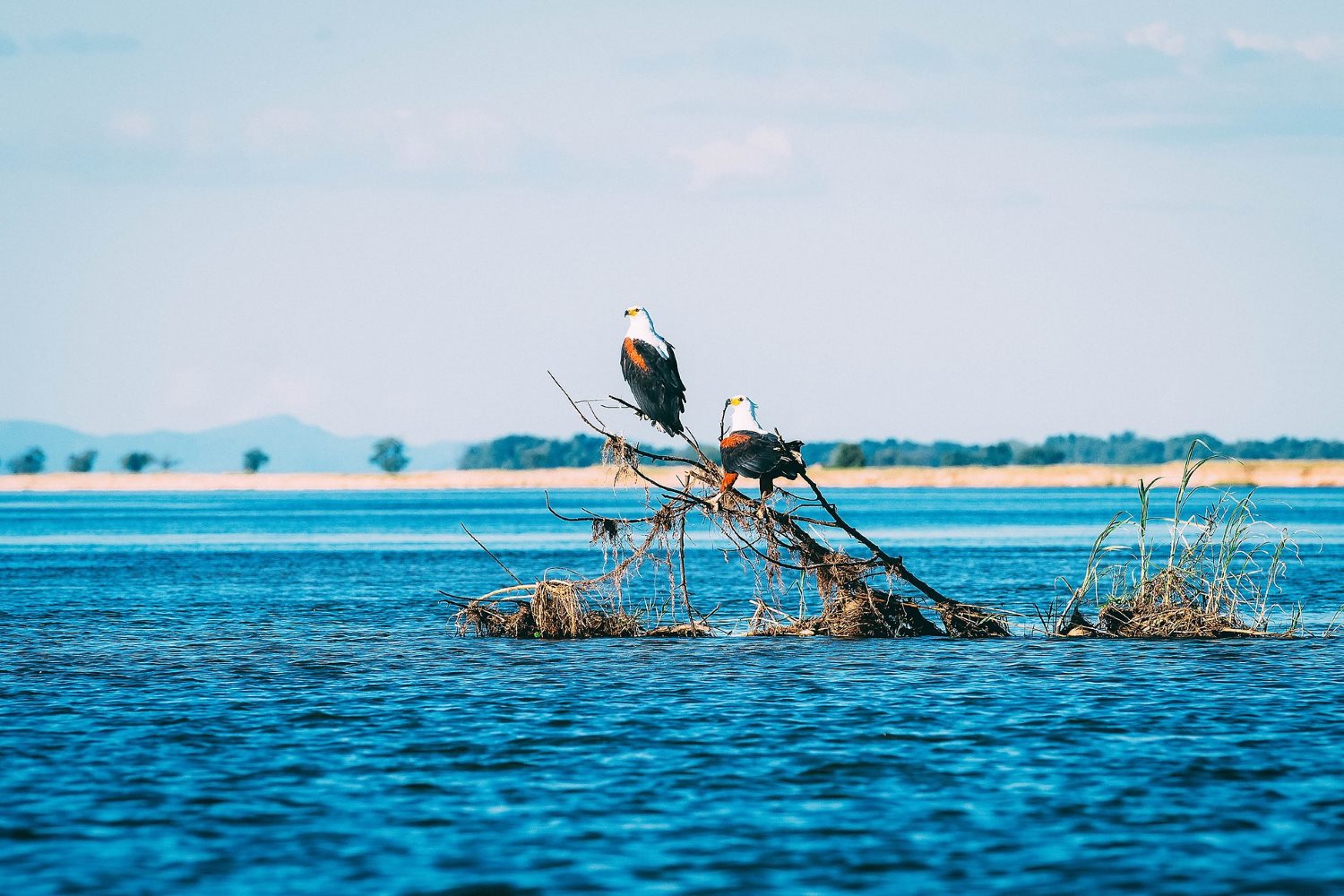
TELL US ABOUT YOUR CONNECTION WITH DAVID POCOCK?
Dave and I became friends when we met at a Dangerous Drugs course held on Malilangwe in the South East-Lowveld. I didn’t realise Dave had such a strong passion for wildlife and it’s obvious he does. From the big elephant bulls to the little quails we were chasing around, he has a broad interest which has been refreshing. When someone that you have a lot of respect for, has a lot of interest in the same things you are interested in, it stimulates you, and you start looking at things from fresh new angle.
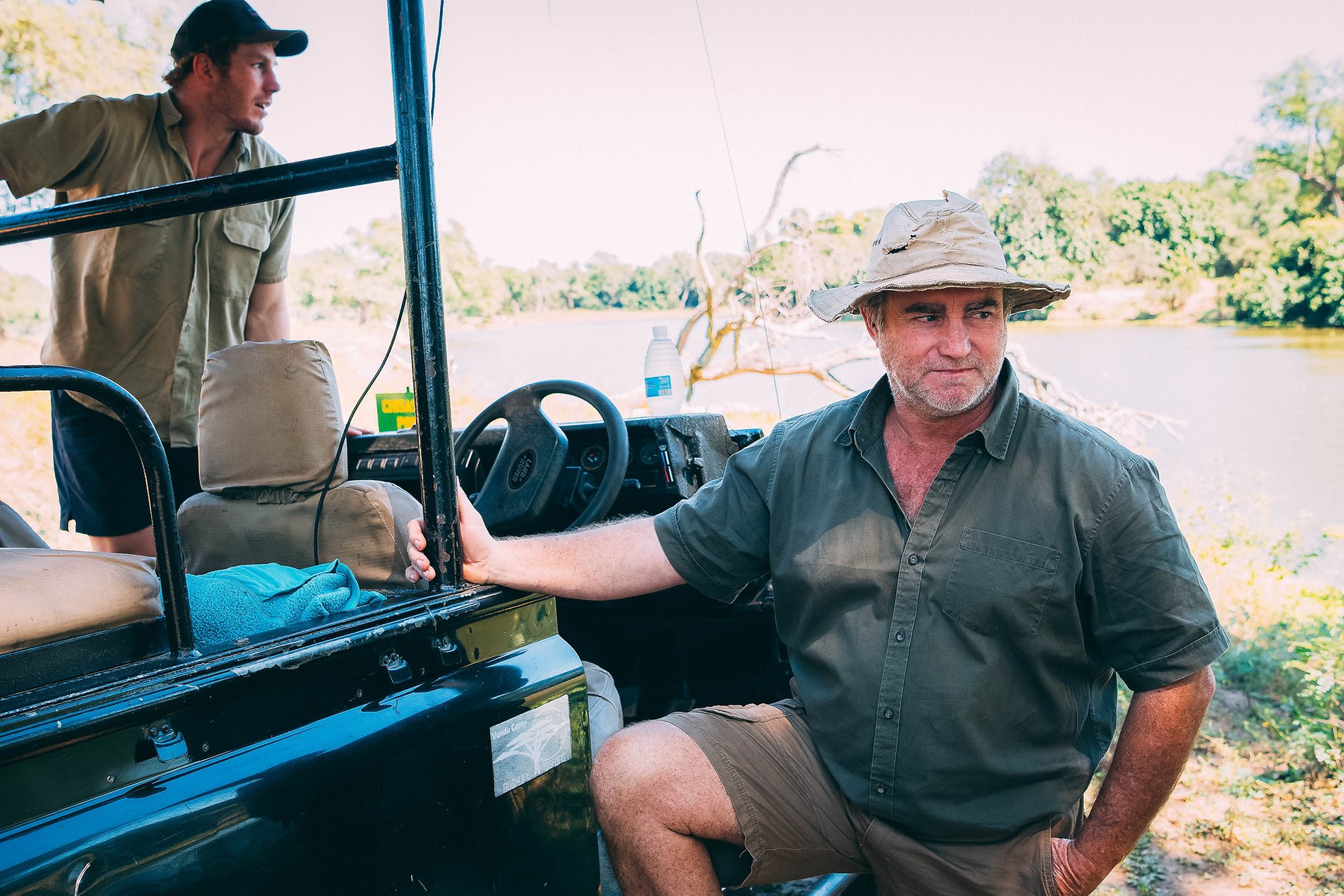
WHAT CHANGES HAVE YOU NOTICED AT MANA OVER THE PAST 20 YEARS?
The most noticeable change has been the decrease in the big elephant bulls. Mismanagement of hunting quotas has seen a significant number of bulls shot.
We have also seen a dramatic decline in elephant numbers in the surrounding areas that have been decimated by poaching, both in the way of rifles and poisoning of water holes with cyanide. It has created vacuums for wildlife.
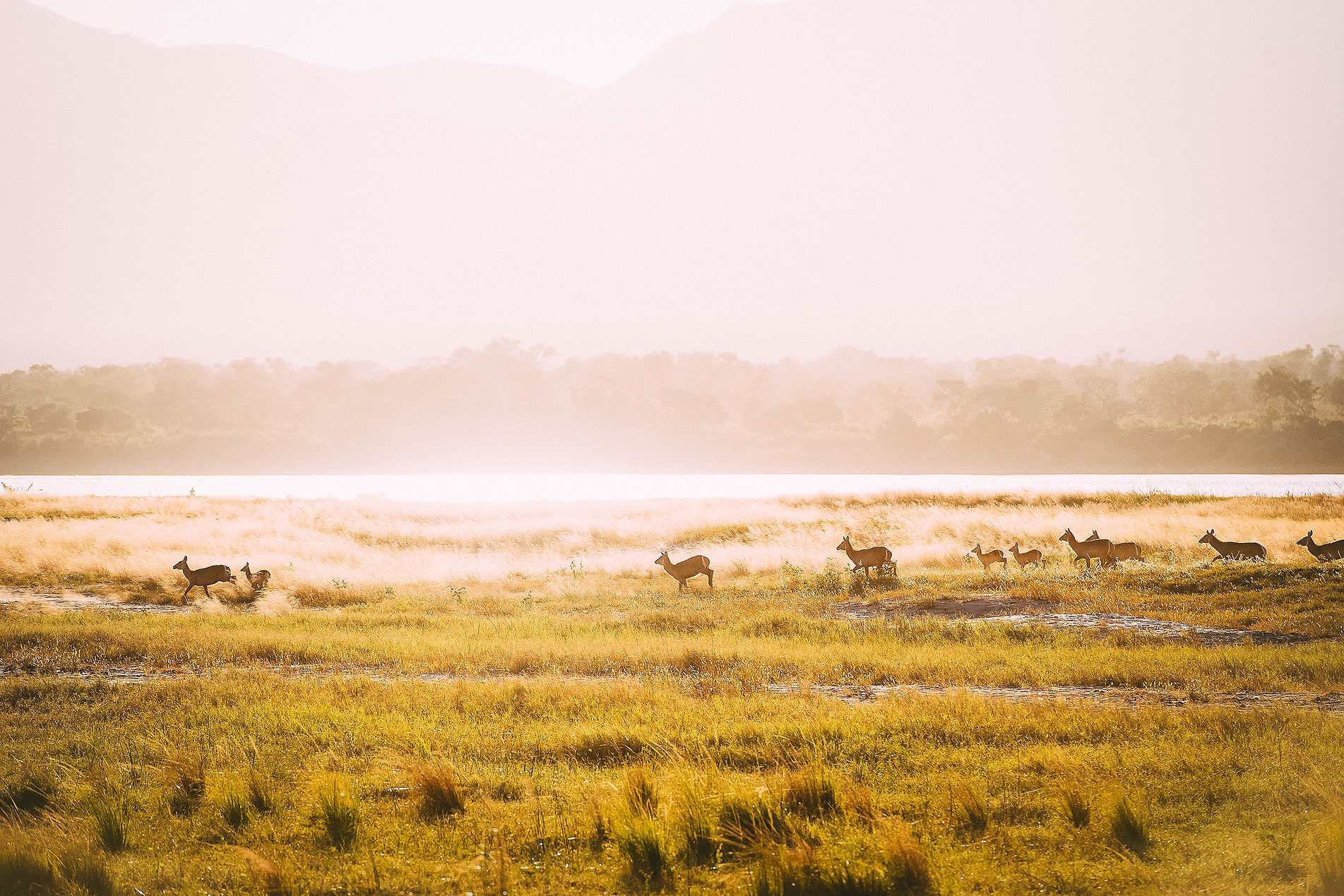
HOW MANY ELEPHANTS HAVE BEEN LOST?
The lower Zambezi Valley has lost 40% of its elephant numbers in the last 20 years. The last count came up with 12 000 in the Lower Zambezi Valley and 3000 in Mana Pools. We have had two seasons of relatively intense poaching since then, so we are probably at 10 000. That’s half of what we had 20 years ago.
WHAT IMPACT HAS HUNTING HAD ON ELEPHANT NUMBERS?
Hunting is always a contentious issue because of the emotional aspect of it, but if done correctly it’s a strong conservation tool. Before the poaching epidemic, there were more elephants living outside the parks than in the parks. Those areas outside the parks are hunting areas. If you protect the animals and the operators are responsible, and handle hunting quotas correctly, it should be sustainable, and you should be able to maintain an elephant population. Due to economic stress, quotas have been kept high even though numbers have dropped due to poaching. That’s when you start over-shooting. For example, if you are hunting you should be shooting 50-year-old plus elephants, but because the quotas are too high, you’ve shot all the 50-year-olds, then all the 40-year-olds and then you start hunting the 30 and 20-year-olds. It becomes unsustainable, and the populations start decreasing. A lot of it is not necessarily the hunting operator’s choice, but they have had quotas forced upon on them by the authorities, National Parks included.
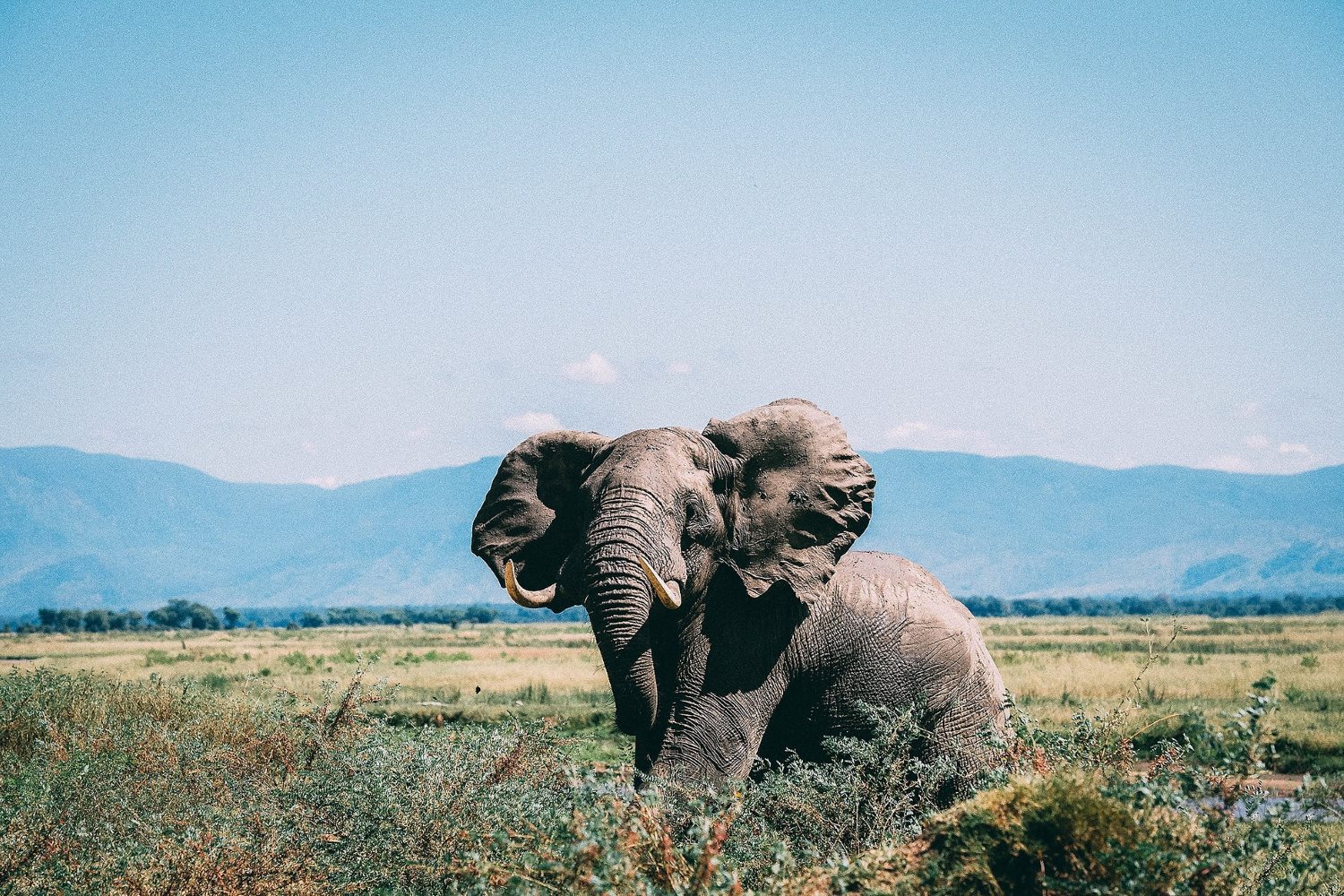
HAVE YOU HAD ANY HELP FROM OUTSIDE PARTIES?
We’ve tried to create a collaborative environment and invite other safari operators to help us, but we’ve had very little assistance. One operator sold me a Landrover at a discount, so that was a help; I needed the Landrover plus the break in the price was welcome. This past rainy season we had another operator offer 1000 dollars of fuel for three months which has helped us. Another offered us his drivers. I’m paying their wages so it worked out well for them because in the off-season safaris close, so I see it as more of a benefit for them. I needed the help too, so I was appreciative of it. There are bits and pieces of help coming, but it’s not enough. We’ve managed to raise and spend $300 000, and we’ve probably had less than $10 000 donated from other operators.
On the other side, there are a few NGO’s who are helping. There is the Tashinga Initiative who do more construction; they’ve just a built a base for the reaction unit in the middle of the park. There is another organisation called the Zambezi Elephant fund. They are fundraisers, so they will raise money and put that money into conservation. So far, they have been putting their money into the base built by the Tashinga Initiative. We are hoping that having completed that base, they may support our operations because we are the only people doing anything significant on the ground as far as direct anti-poaching effort goes. There is another organisation called Zambezi Society. They have added a vehicle and a driver to our six vehicles, so that’s helped, but we are still short on vehicles. We lost one Landrover in the rainy season crossing a riverbed, so we were down to five vehicles.
We do work with another organisation called Flying for Wildlife; they keep a presence and spot carcasses. It is more monitoring than an anti-poaching initiative. We haven’t had an elephant shot since the 16th of October last year. Maybe when the bush thins out, there will be carcasses all over the place that we didn’t find, so they will help us in this area.
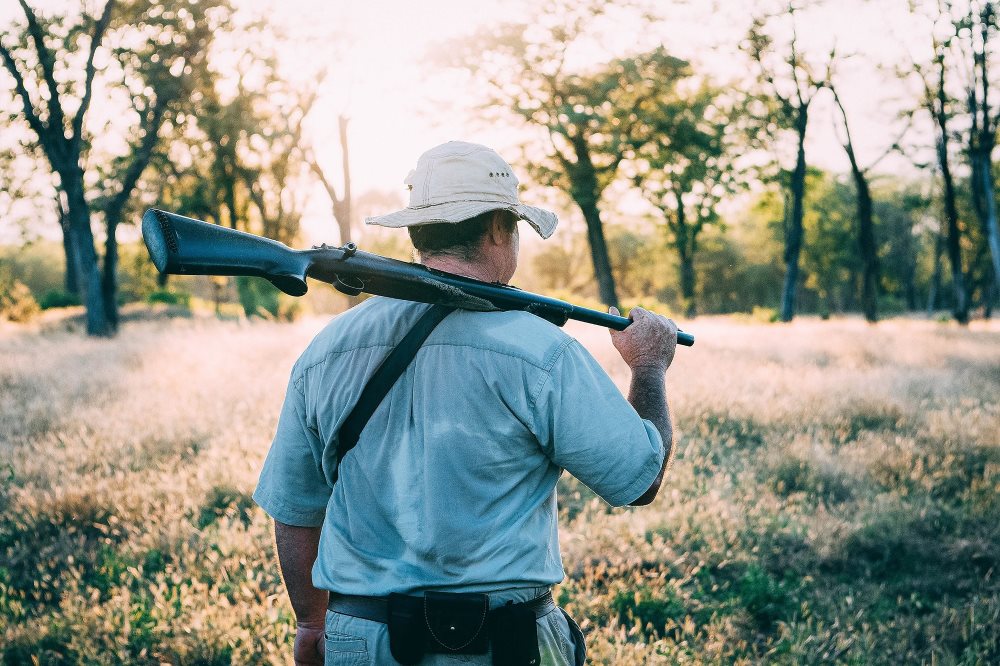
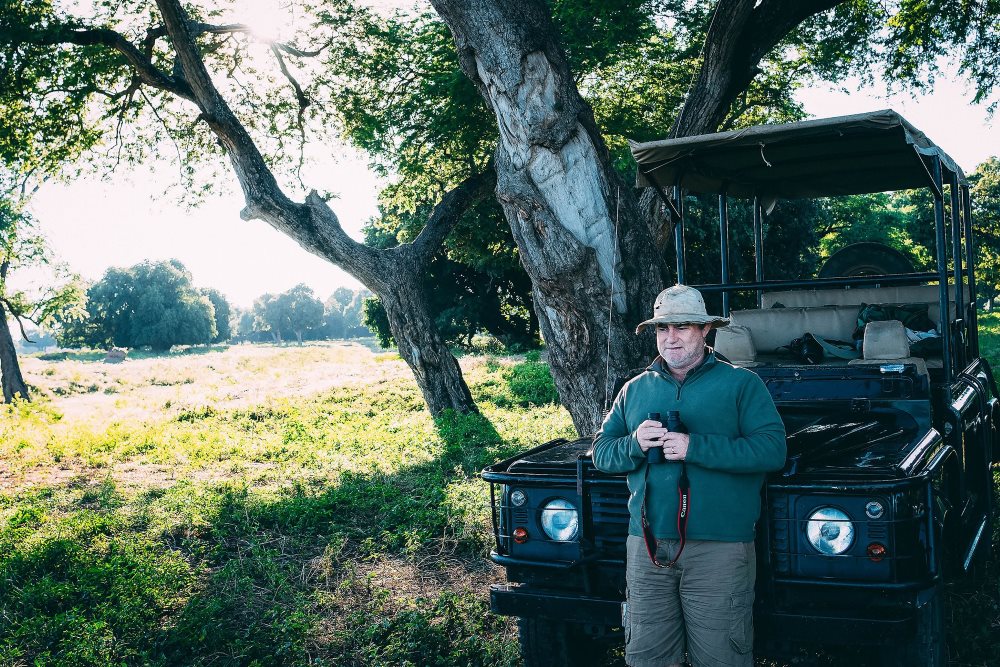
TELL US ABOUT YOUR COLLARING PROJECT?
Hunting areas surround Mana Pools. It’s a relatively long piece of land, over 100km but its width is only 60kms. The animals are moving east and west which is the main migratory movement in the valley. Within a few days, they are going to cross the park and go into hunting areas. This has been one of the causes of the demise of these elephants over the years. We want to try and collar as many of the big bulls as possible, and are lobbying to change the law so that it will be illegal to hunt those big bulls.
It won’t protect them from being poached, but poachers may think twice if they believe the elephant is being monitored. The hunting quota crisis is the main reason why we are working towards our elephant collaring project.
WHY DID YOU DECIDE TO GET INVOLVED?
I have always wanted to join National Parks and become involved in research and management of wildlife. As a professional guide and safari operator, you are not encouraged to participate in management. However, with the economic circumstances, the out-of-control poaching and the lack of resources, National Parks approached us and asked us to help. It’s a real privilege to be asked to help manage a government asset. We have tried to raise money through as many avenues as possible. We have bought vehicles, we maintain anti-poaching staff and full-time mechanics, we provide food for the rangers and offer incentives when they have good results. We work with the investigations side based in a Chinhoyi town, a couple of hundred kilometers from here so we are covering the whole northern region with a combination of investigations, and on the ground operations with rangers.
CAN YOU EXPLAIN WHAT HAPPENS HERE IN THE OFF SEASON?
The safari season shuts down from November through to about March, but we keep a presence in camp. We have a team of Rangers (three men based here), and we do river patrols, so we try to keep a constant presence with anti-poaching.
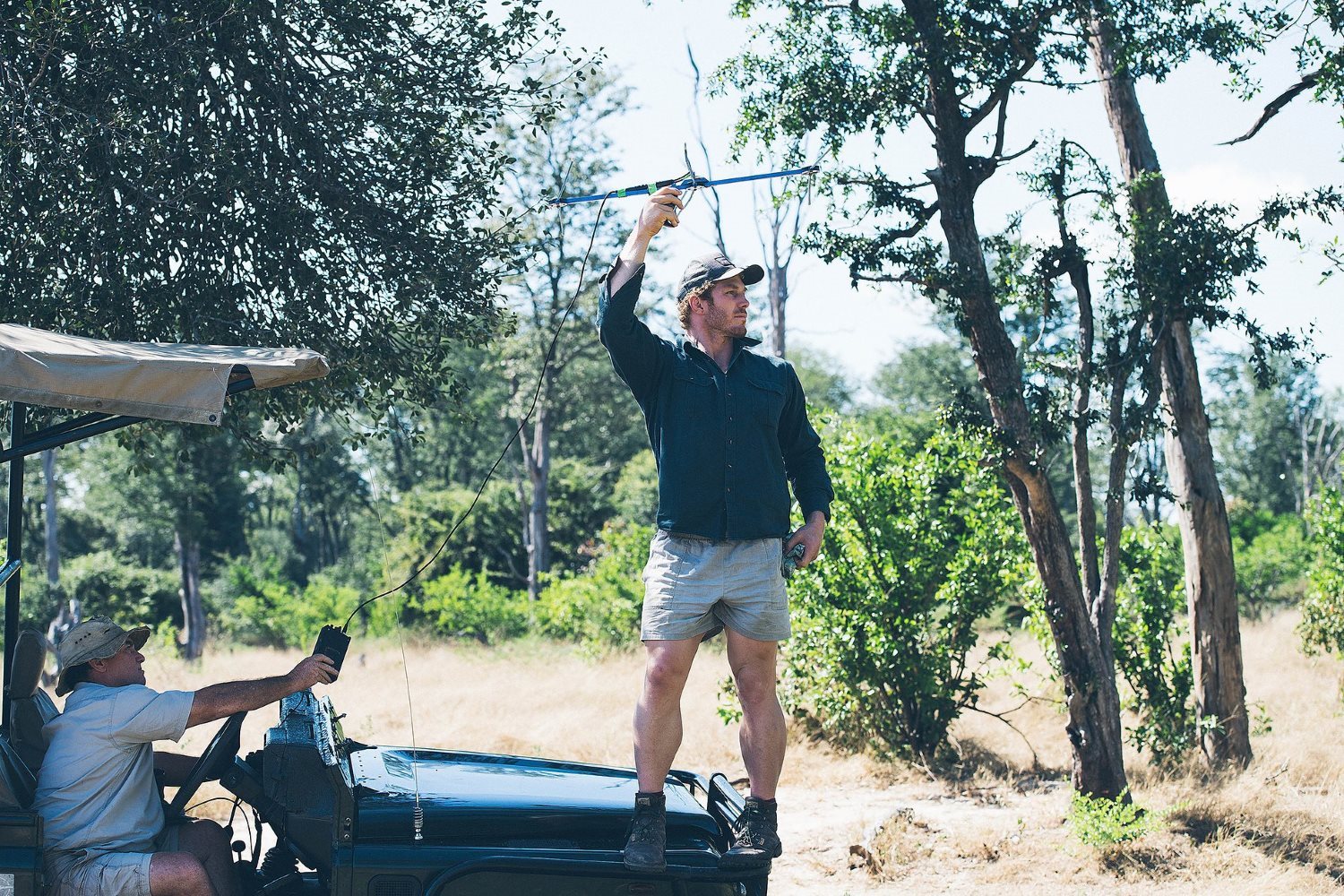
WHAT ARE SOME OF THE CHALLENGES YOU FACE ACCESSING SOME OF THE MORE REMOTE AREAS?
There is very little road network behind here. That is something we are trying to combat. Last year we started opening old roads and building new roads because some of the roads haven’t been open for 30 years. With this poaching pressure, we need to have that access. It’s to the poacher’s advantage when there’s no access. For three to four months last year, we had a team of 12 men cutting the regrowth and some of the old roads. We brought in a ‘digger’ so that we could level out some of the river crossings to create access. One of the areas that we needed to get access to was a 12-hour drive. After a month of roadwork, we could get that down to three hours. Now we can react within a few hours. It makes a big difference. Not only that, but you need to resupply food to the Rangers based there, and if someone gets sick or injured we need to be able to transport them to the clinic, it’s constant.
DO YOU FEEL LIKE YOU ARE MAKING A DIFFERENCE?
Yes definitely. It’s a vast area but in the areas, we’ve put remote Rangers and had a presence, the elephants are starting to move back. With no elephants shot in over six months, the elephants’ confidence is building up, so they are going back into these areas. Other are still vacuums, and we need to get in there and start maintaining an anti-poaching presence, so those animals keep on filtering in. It might mean they will be thinner on the ground overall, but eventually, those numbers will build up again.
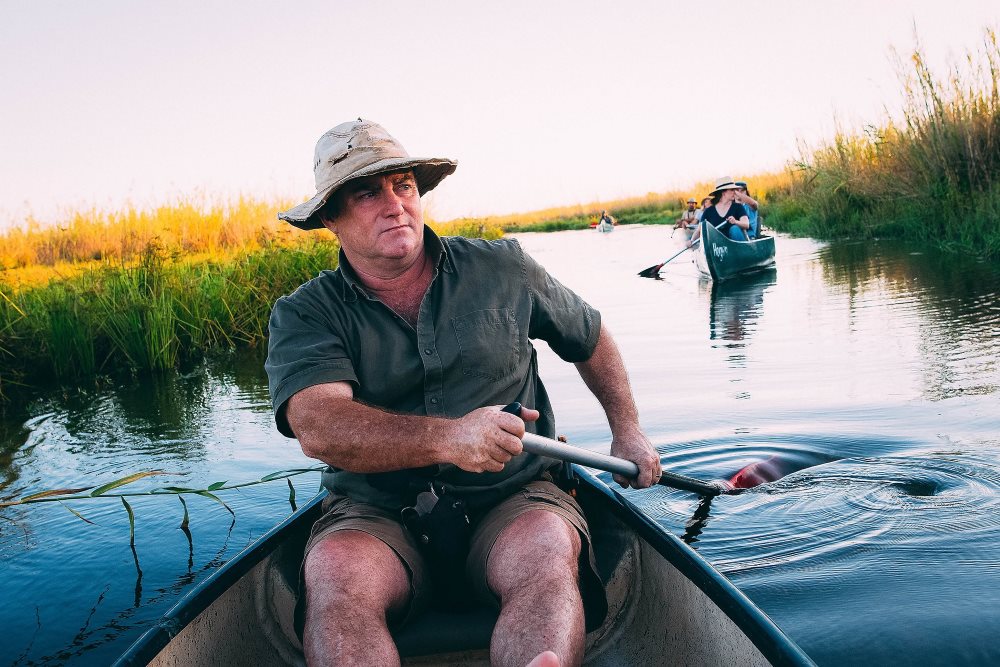
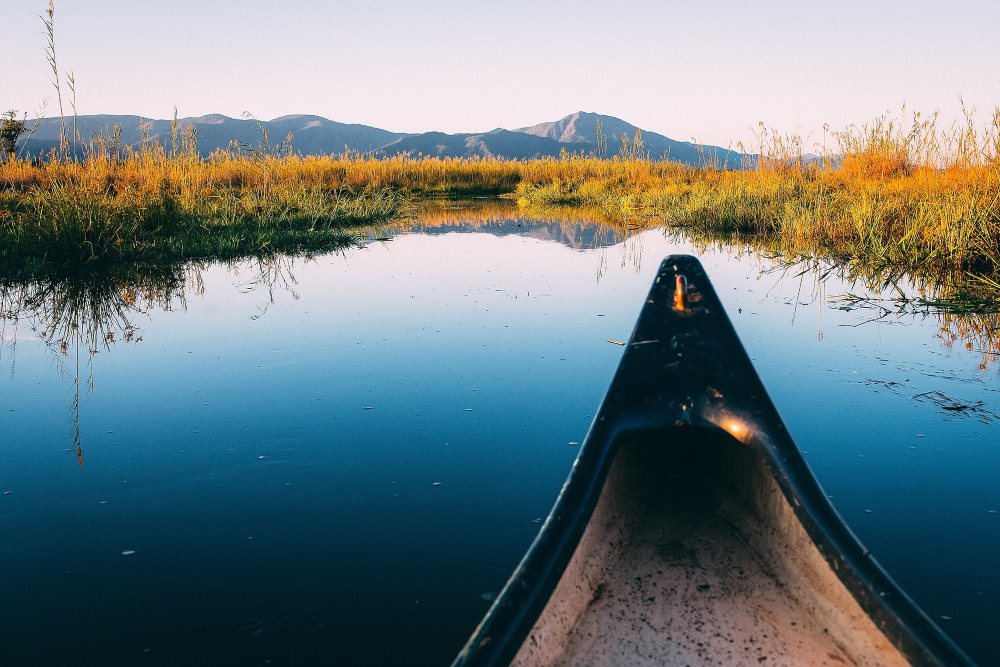
YOU HAD A VERY SPECIAL EXPERIENCE WITH AN ELEPHANT WHILE DAVID WAS WITH YOU. CAN YOU TELL US ABOUT IT?
That was one of the things I wanted to do while he was here. It was good to find West Point (the elephant) and spend some time with him. There are some other bulls around; we just haven’t seen them. When they are in must, they go through peaks and troughs. They might be in must for six months, and then they will have chilled times. West Point was chilled out with us, but next week he might come into must again, and he will disappear into the thick bushes where all the cows are. It’s just pot luck with who you are going to find.
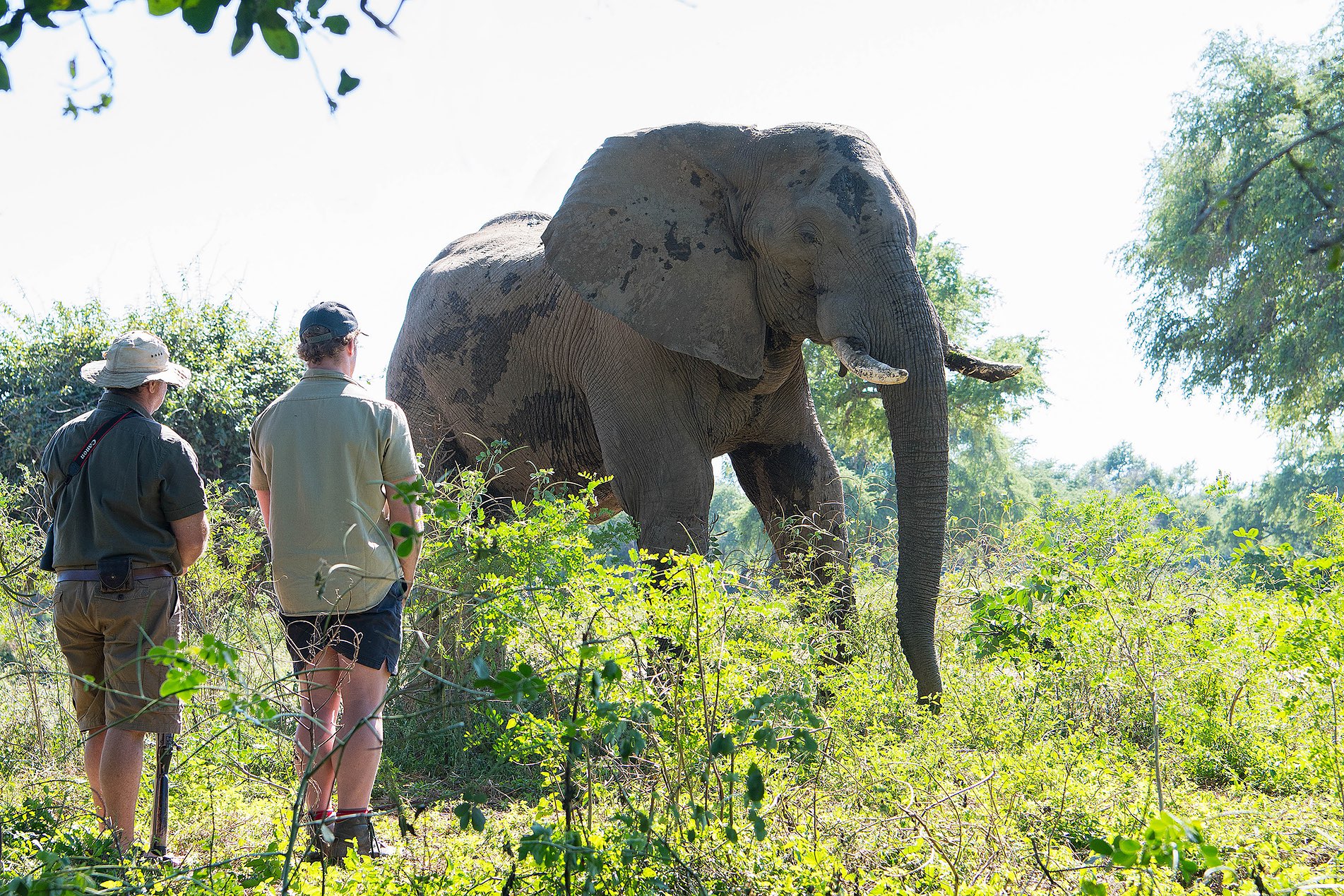
HOW DID YOU START BEING ABLE TO WALK UP TO THESE BULL ELEPHANTS?
When you are in the mountains, the elephants are wild. Most of the time if you are too close they will try and kill you rather than run away from you, so you soon learn to judge body language and behaviour from a distance. When you do get close, even just a few meters from these big bulls, it’s because you’ve judged their body language correctly otherwise you might have been squashed. When you are close, you start learning behaviour. Things like the blinking of their eyelids make you realise ‘oh ok I shouldn’t have moved my hand, he didn’t like that because he just blinked his eye’. So, then you just sit still, and you don’t talk, or if he is getting too close, you realise by making one small sound or movement it is an indication to him that if he is willing, he should stop there too. Quite often if you just put your hand up, he will stop, and you are both comfortable with the distances that you are from each other.
WHAT DO ELEPHANTS MEAN TO YOU?
Ever since I was young, I felt I had a connection with elephants. Sitting with these elephants or walking with them is just an incredible experience. They get to know you, the sound of your voice and your smell. You build up a relationship with these animals which is quite amazing.
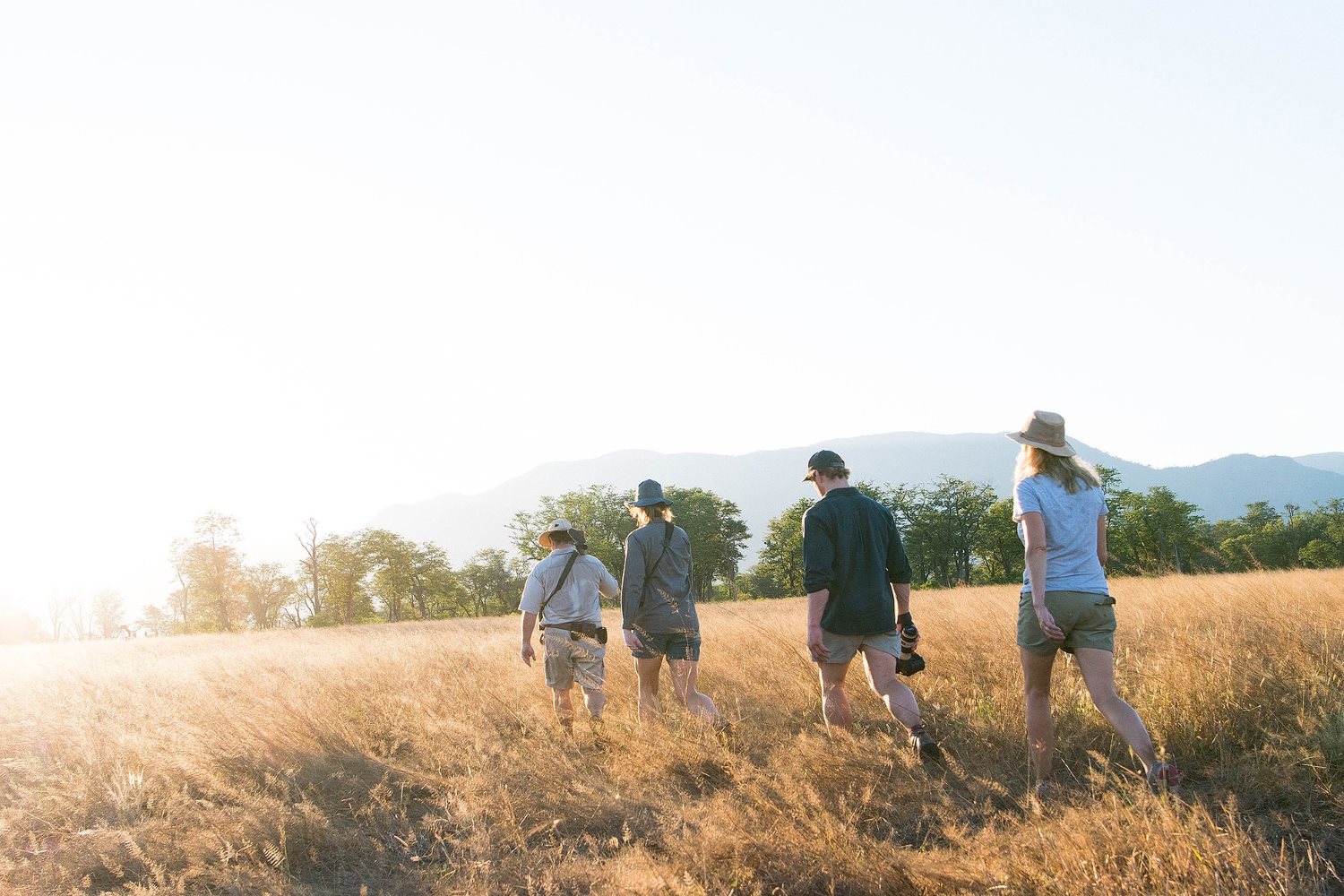
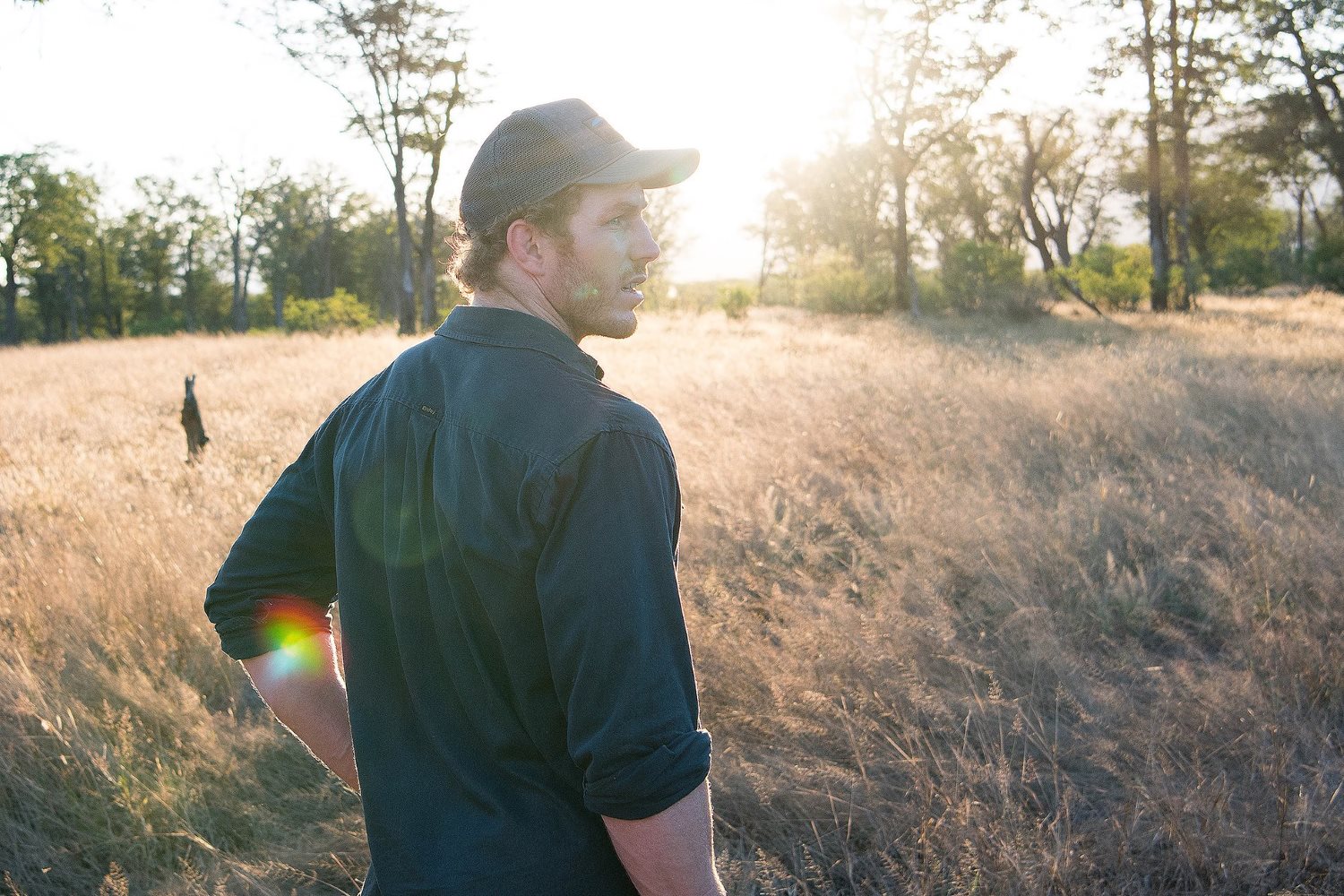
WHAT DOES IT FEEL LIKE TO STAND NEXT TO ONE OF THESE GIANTS?
There is a vibe that elephants give off. A vibration. Sometimes I feel like I am going to fall asleep (laughs) and then I realise, I had better not. I had better pay attention, especially when I’ve got guests with me (laughs).
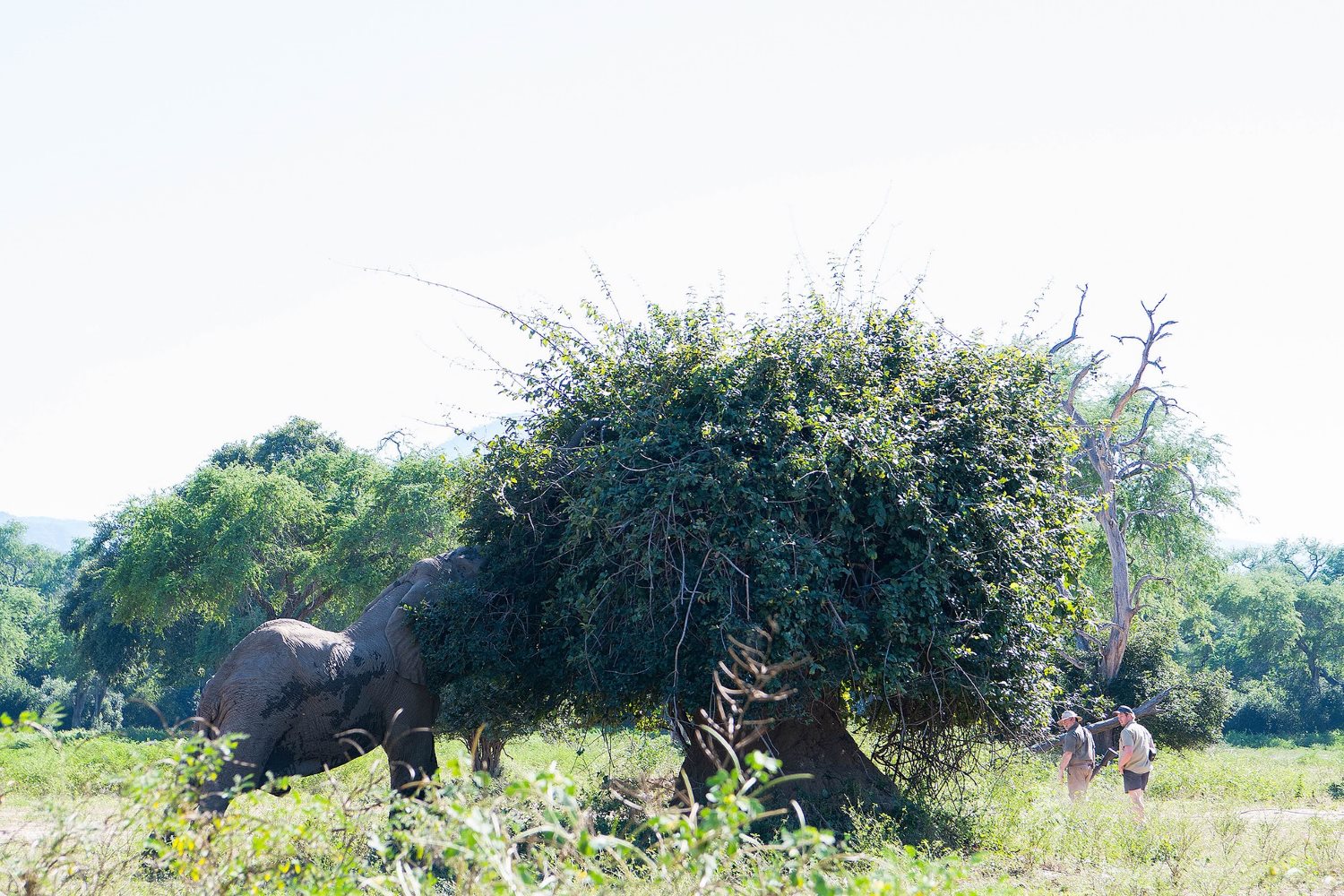
WHAT MESSAGE DO YOU HOPE PEOPLE WILL GO HOME WITH AFTER HAVING AN EXPERIENCE LIKE THIS?
In a country like Zimbabwe where we have lost 80% of our tourism, you realise how strong of a conservation tool tourism it is to start with. Especially in a place like this. People are not just coming on holiday; they are making a significant contribution to conservation. When you can give them a close-up experience with elephants, it is something they will never forget, and hopefully, they will tell other people. We get people who will say ‘Wow! That was the best two or three hours of my life!’ When you receive those comments, then you know must be doing something right!
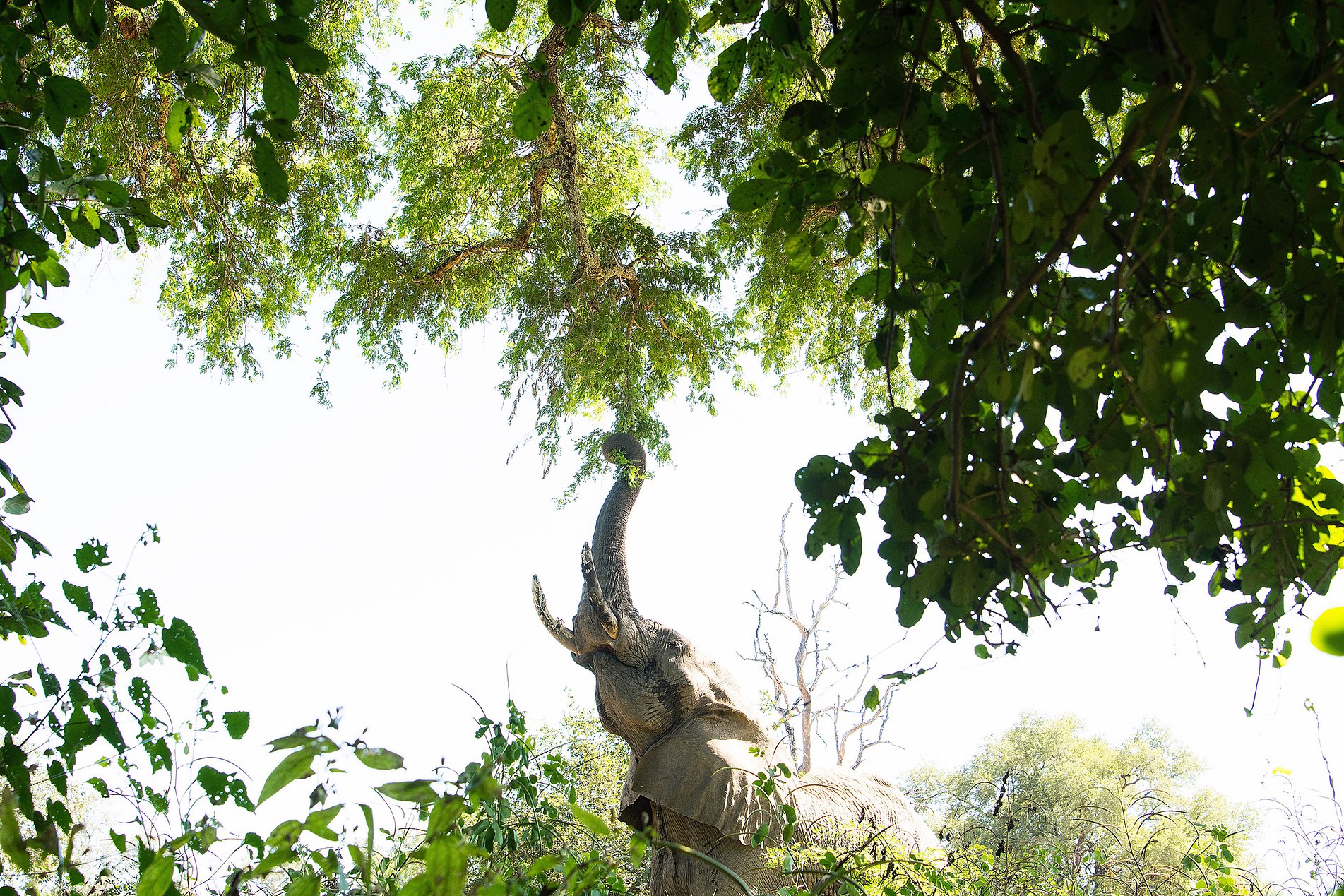
WHAT ROLE DOES TOURISM PLAY IN ELEPHANT CONSERVATION?
A prime example in Zimbabwe is Chizarira National Park where there is not a single safari operator left and few tourists. There is still great bird life and small animals, but there is virtually nothing left of the bigger game such as elephants, lions, and buffalo. When we are talking statistics from the Great Elephant Census, that area has lost 75% of their elephants. From 18000 – 20000 in the park, it has just 200 – 300 left. It’s no longer economically viable for a safari operator to run a camp there because no one wants to go there. As soon as tourism stops, your poaching increases. That’s what happened in Chizarira. The poaching increased, the elephant numbers dropped, and the safari operators pulled out. It became a poaching free for all and soon there was nothing left.
If you would like to learn more about how you can support the conservation efforts of Bushlife Conservancy or to donate visit https://bushlifeconservancy.org
Interested in visiting Mana Pools and experiencing the wilderness for yourself, visit http://wildarkorg.wpengine.com/travels/mana-pools-bushlife-safaris-zimbabwe/
